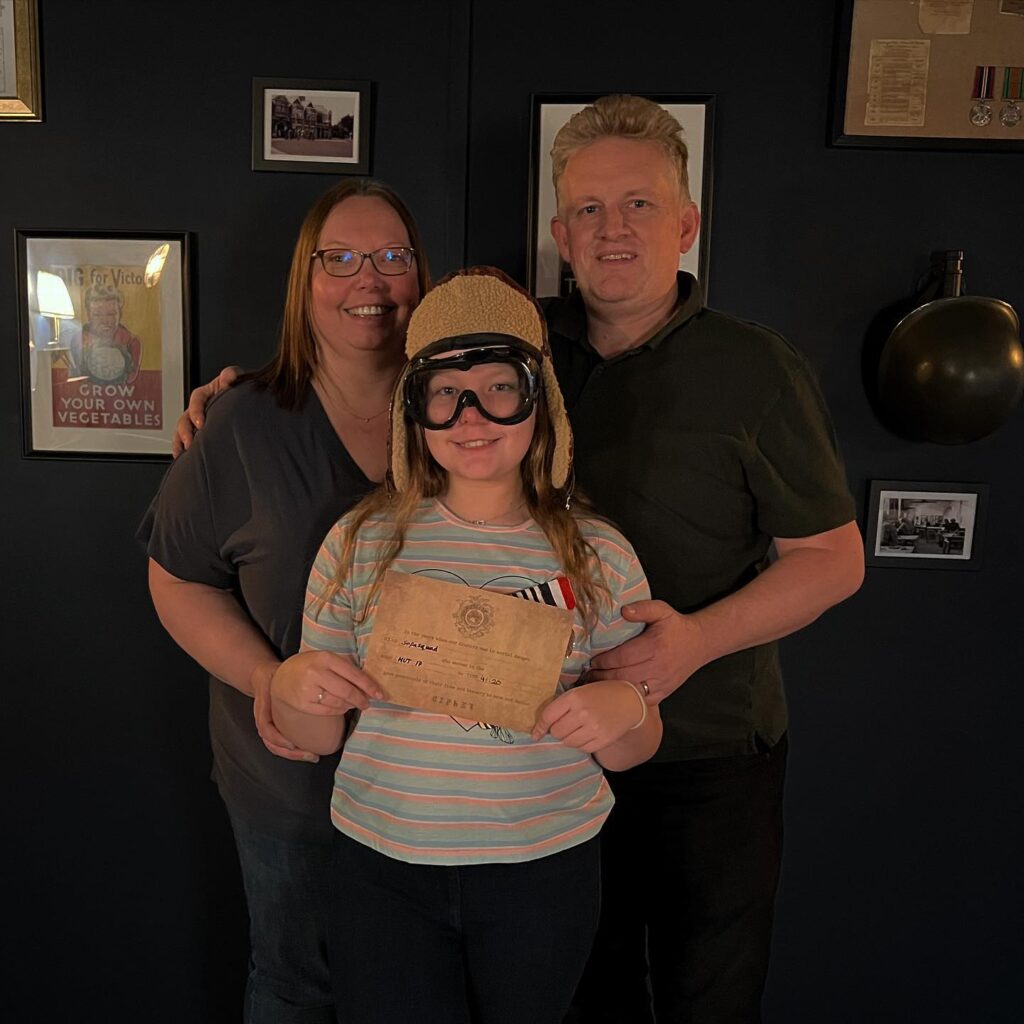
Unlocking Festive Fun: Why Escape Rooms Make the Perfect Family Activity!
The holiday season is a time for togetherness, laughter, and creating lasting memories with loved ones. As Christmas approaches, many families seek unique ways to
This Pride Month, we want to take a step-back in time to pay tribute to the thousands of LGBTQ+ individuals that made up the war effort. Today we provide the opportunity to celebrate those who cannot celebrate themselves, and emphasise a key message: Queer people have always existed. Below we delve into 3 LGBTQ+ stories from WWII:
1. Drag shows to boost Morale!
In a time engulfed in violence, where soldiers were separated from those close to the heart, keeping spirits up was pivotal. Many troops, all over the globe began using Drag Shows as one of many methods of keeping spirits up.
The U.S. Government noted that for the American Troops, these shows were “a necessity, not a thrill” for the soldiers and they became authorised to boost morale, going as far as providing troops with a handbook, outlining how to run, choreograph and design dresses for these shows.
Photographic evidence of these shows were often blocked by the government in fear that they would be used by the enemy to show armies as emasculated. However, like in the photo below, there were often times where shows would be interrupted by air raid or invasion, forcing troops to carry out and prepare for battle in drag!
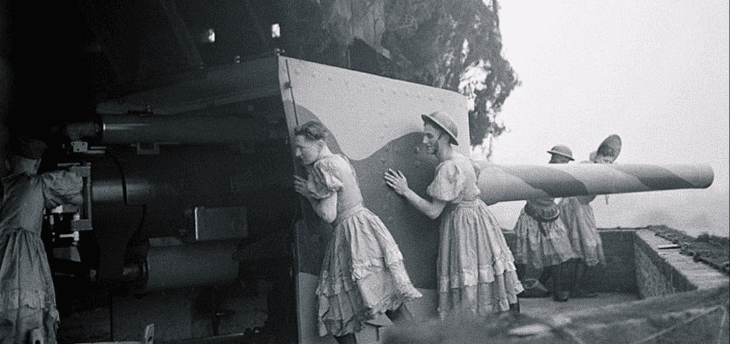
2. Military Veteran Christine Jorgensen
Christine Jorgensen was the first Transgender Woman to have become famous for medically transitioning after having served in the US-Army throughout WWII.
Many Gay and Lesbian veterans were stripped of their ranks and medals for coming out following WWII, or even discharged during service. Because of this, Christine reported having kept to herself during her service, hiding her attraction towards men as well as her gender identity.
After coming out and beginning to transition in 1950, Christine luckily was not stripped of ranks or medals, but instead became famous for her journey! Christine became embraced and celebrated in many newspapers, headlines often refereeing to her as a “blonde beauty”.
Although not everybody was so kind to embrace Christine’s transition, to many, her transition became a celebration of patriotism and showed the world the advancements of medical science. Christine received a Woman of the Year award in New York in 1953 and 10 years later, wrote her very own biography which was adapted into a Hollywood film in 1970.
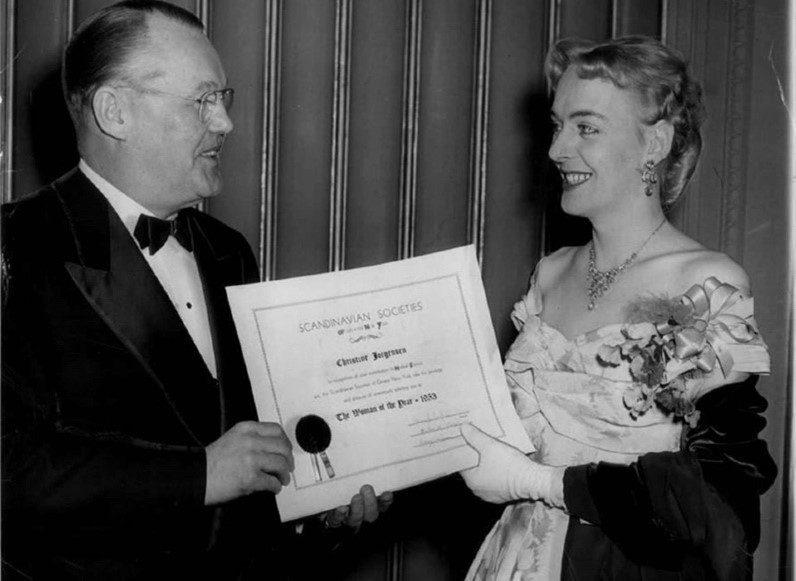
3. Alan Turing: A hero of WW2
Alan Turing, a prominent figure in queer history during World War II, left an indelible mark on the war effort and the fight for LGBTQ+ rights. Turing’s genius in mathematics and computer science led to the development of the Bombe machine, which helped decipher the German Enigma code, ultimately shortening the war and saving lives. However, despite his invaluable contributions, Turing faced discrimination and prejudice due to the fact he was gay.
In 1952, Turing was prosecuted for “gross indecency” under homophobic laws. Given the choice between imprisonment and hormonal treatment to suppress his homosexuality, Turing reluctantly chose the latter. Tragically, he died by suicide in 1954. Turing’s mistreatment highlights the injustices faced by LGBTQ+ individuals in the UK during that time.
Turing’s story has sparked important conversations about equality and human rights. His legacy extends beyond his code-breaking achievements, serving as a catalyst for advocacy and challenging discriminatory laws. Today, Turing is celebrated as a hero, both for his intellectual brilliance and his resilience in the face of adversity. His experiences continue to inspire the fight for LGBTQ+ rights, reminding us of the importance of dignity, respect, and equal rights for all individuals, regardless of their sexual orientation or gender identity.
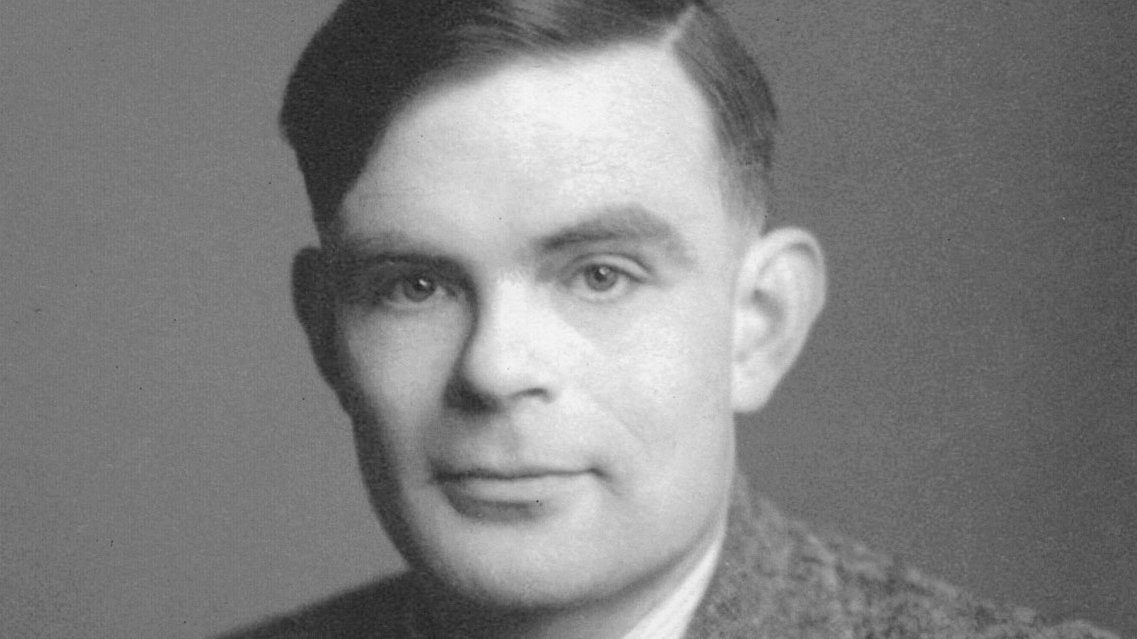
At Cipher, we hold Inclusion and Diversity as fundamental values, 365 days of the year. As Pride month unfolds, we take this opportunity to honor and recognize those who were not able to openly celebrate their identities during the War and stand in solidarity with those who may still face barriers today.
We invite you to join us in showing support this Pride month. Together, let’s create an environment where everyone feels seen, heard, and celebrated for who they are. How will you contribute to our collective efforts?

The holiday season is a time for togetherness, laughter, and creating lasting memories with loved ones. As Christmas approaches, many families seek unique ways to


As we get into Christmas Party season, the pressure is on to find an ideal activity for all. But, don’t panic, the team at Cipher
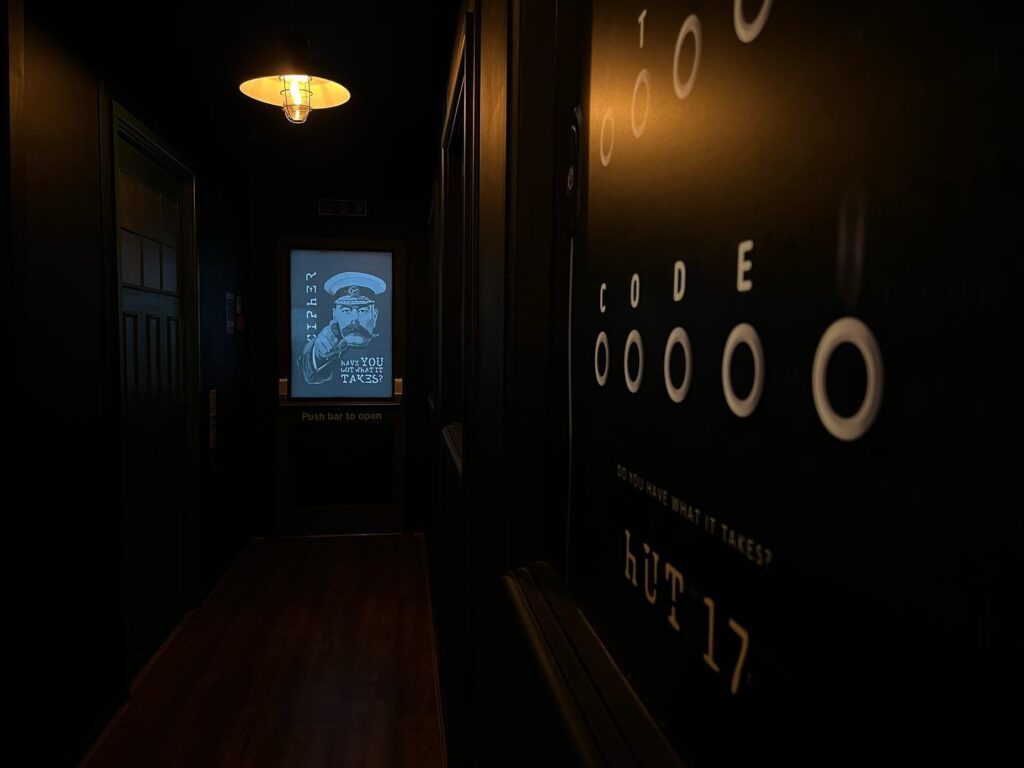

Ever looked at the leaderboard of an escape room and wondered how a team completed the room in such good time? Or just fancy knocking


In the world of team building activities, escape rooms have emerged as a powerful tool for fostering collaboration, communication, and camaraderie among team members. Beyond


If you’re an escape room lover looking for another activity to engross yourself in, this blogs for for you! Here at Cipher, all our Games


This Pride Month, we want to take a step-back in time to pay tribute to the thousands of LGBTQ+ individuals that made up the war